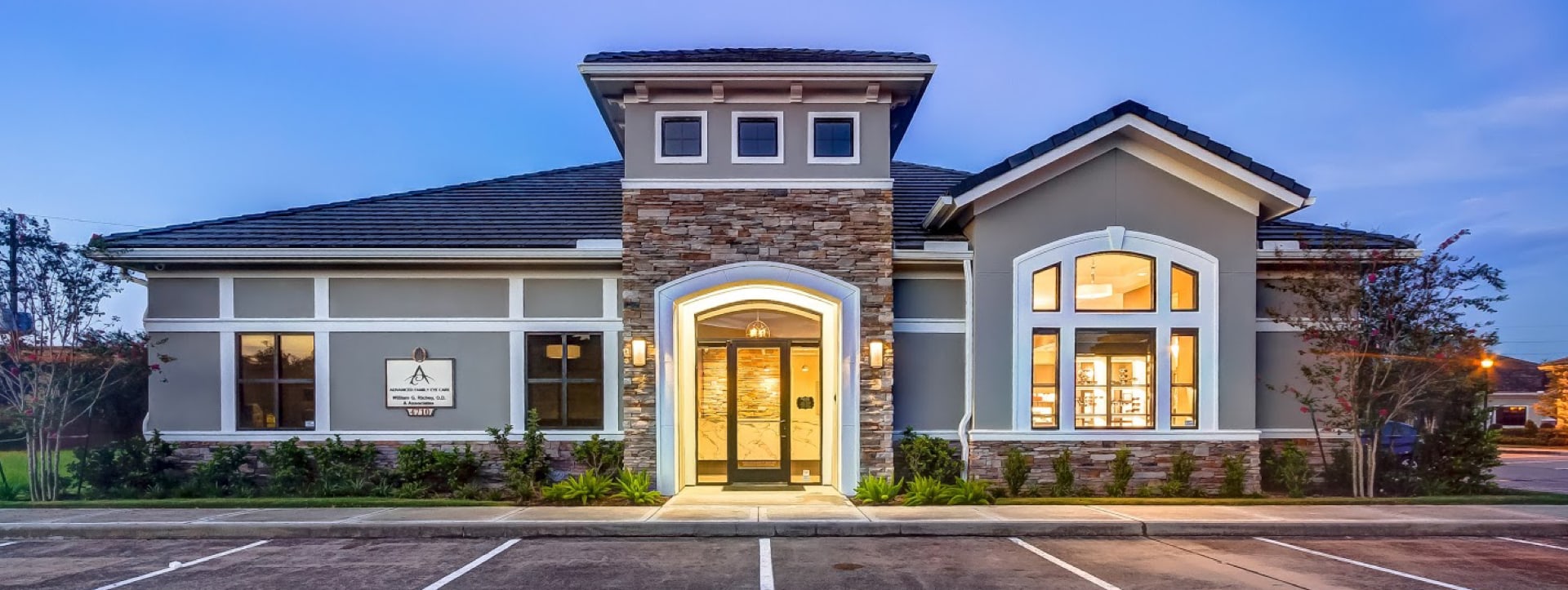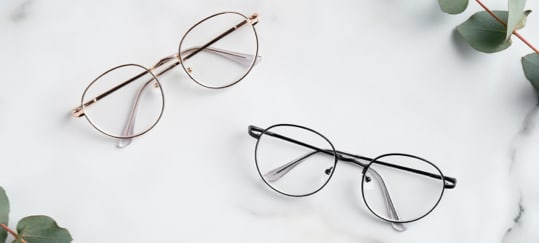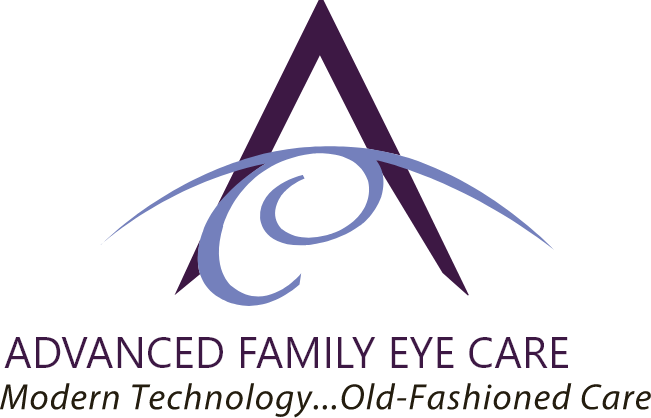Myopia, or nearsightedness, is a refractive condition that causes distant objects to appear blurry. It occurs when the eye grows too long or the cornea curves too steeply, causing light to focus in front of the retina rather than on it.
People with myopia may experience difficulty seeing distant signs or objects, frequent eye strain or headaches, poor night vision, and the need to squint to see clearly. While glasses and contacts correct blurry vision, they don’t address the underlying cause of myopia progression, which is the ongoing elongation of the eyeball.
What Contributes to Myopia?
Myopia is influenced by a mix of genetics and lifestyle. If one or both parents are nearsighted, children have a greater chance of developing the condition. However, environmental factors are just as critical; extended screen use, lack of outdoor activity, and intense near work have all been linked to rising myopia rates in children.
Risk factors include:
- Family history of myopia
- Spending long hours on close-up tasks
- Limited exposure to natural light
- Excessive screen time without breaks
As the condition progresses, it can lead to a higher risk of eye complications later in life. That’s why it’s important not only to correct myopia but to manage its progression.
What Is Myopia Management?
Myopia management refers to proactive strategies that aim to slow or reduce the progression of nearsightedness, particularly in children and adolescents. These treatments go beyond vision correction by targeting the structural changes in the eye that cause myopia to worsen.
Managing myopia early can help:
- Preserve long-term eye health
- Reduce the severity of future prescriptions
- Lower the risk of vision-threatening conditions later in life
Myopia Management Options You Should Know
While myopia typically develops in childhood and stabilizes in adulthood, early intervention can make a big difference. Several non-surgical options have been shown to slow its progression.
Orthokeratology (Ortho-K)
Ortho-K involves wearing rigid gas-permeable lenses overnight to gently reshape the cornea. This provides clear vision during the day without glasses or contact lenses and may also reduce the rate of eye elongation.
Key benefits of Ortho-K:
- Non-invasive and reversible
- Vision correction without daytime lenses
- Can be a good option for active children and teens
Multifocal Soft Contact Lenses
Multifocal contacts are designed with different prescription zones, which help distribute peripheral focus more evenly. This altered focus is believed to send a signal that slows the eye’s growth.
Why multifocal lenses are a popular option:
- Comfortable for daily wear
- Suitable for school-age children
- Available in daily and monthly wear formats
Low-Dose Atropine Eye Drops
Atropine drops, used in very low concentrations, can slow myopia progression when administered nightly. While not a cure, this treatment may delay or reduce the rate of worsening.
Considerations for atropine treatment:
- Typically recommended for children under professional care
- Minimal side effects in most cases
- Requires regular monitoring by an eye doctor
Healthy Habits That Support Myopia Management
While clinical treatment plays a major role, lifestyle adjustments can complement and enhance the effects of myopia control therapies. Incorporating these simple habits can support visual development, especially during the school years.
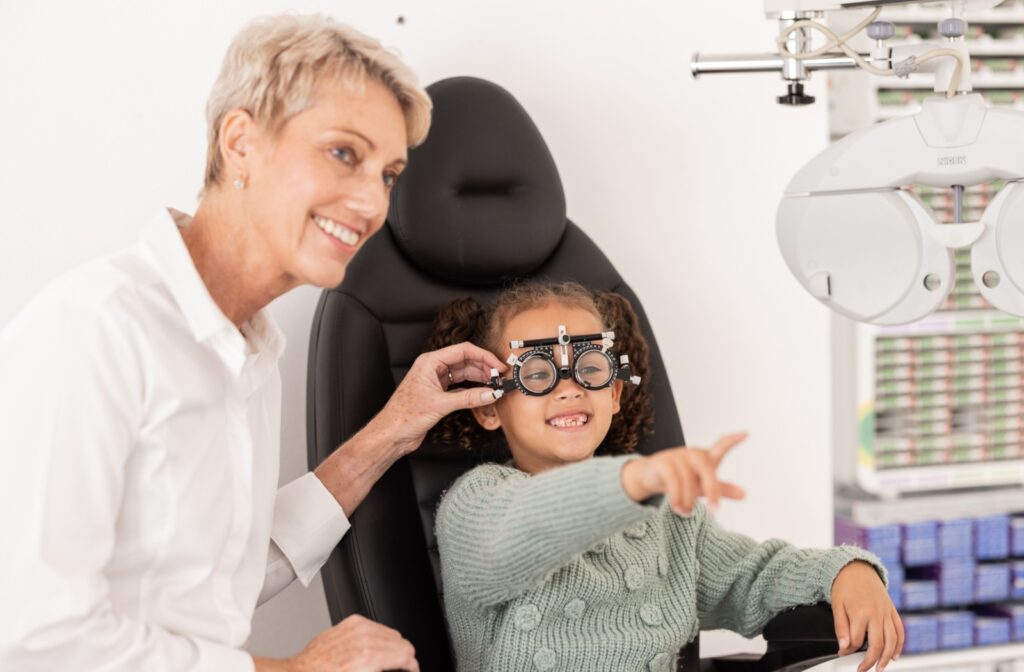
Increase Outdoor Time
Exposure to natural light has been shown to help regulate eye growth and may lower the risk of myopia in children.
Suggestions:
- Aim for 1–2 hours outdoors each day
- Include outdoor play or sports in after-school routines
- Walk or bike instead of driving short distances when possible
Follow the 20-20-20 Rule
Taking regular breaks from near work can reduce eye strain and may help reduce myopia risk over time.
The 20-20-20 rule:
- Every 20 minutes, look at something 20 feet away
- Hold the gaze for at least 20 seconds
- Use alarms or screen reminders to build the habit
Minimize Unnecessary Screen Time
Limiting time spent on tablets, smartphones, or computers outside of school or work helps reduce strain and supports overall eye health.
Tips to reduce screen use:
- Create screen-free zones at home
- Encourage device-free meals and bedtime routines
- Use larger monitors instead of handheld devices when possible
Monitoring & Adjusting Treatment Over Time
Managing myopia isn’t a one-time decision; it’s an ongoing process. Regular eye exams are essential to monitor eye health, track changes in vision, and adjust treatment plans accordingly.
What to expect during monitoring:
- Prescription checks
- Axial length measurements (to monitor eye growth)
- Corneal mapping
- Discussion of any treatment side effects
Frequent follow-ups give optometrists the opportunity to refine the strategy based on how well the eyes are responding.
Building a Personalized Myopia Control Plan
A customized plan is essential because no two eyes are the same. Your optometrist will consider factors like age, current prescription, lifestyle, and treatment tolerance before recommending a path forward.
A well-rounded management plan might include:
- Ortho-K or multifocal lenses
- Atropine drops
- Visual hygiene education
- Family involvement and progress tracking
- Long-term follow-up care
Myopia control is most effective when the treatment fits comfortably into a child’s (and family’s) daily life.
Where to Begin with Myopia Management
If you’re concerned about worsening myopia, for yourself or a family member, the next step is a comprehensive eye exam focused on myopia control. A qualified optometrist can help determine the right treatment options and create a plan tailored to your needs.
Managing, Not Just Correcting
Improving myopia isn’t about waiting for vision to worsen; it’s about taking proactive steps to manage its progression. Tools like orthokeratology, multifocal contacts, and atropine drops give families the chance to make meaningful changes early on. With consistent support and a personalized approach, managing myopia can lead to healthier eyes and clearer vision for years to come. Advanced Family Eye Care in Missouri City, TX, offers various myopia management services. From Ortho-K and low-dose atropine to ongoing support and lifestyle coaching, the team provides evidence-based care to help slow myopia progression in children, teens, and adults alike. If you need guidance on your myopia journey, book an appointment today to get started.






